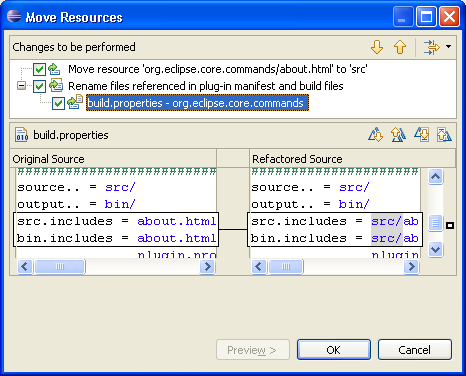

I hope you can attend this main stage talk at EclipseCon 2009.
#ECLIPSE ACCESSIBILITY SCREEN READER SOFTWARE#
I think this is stuff that every software developer needs to know about. View our Volume Cars inventory to find the right vehicle to fit your. Mike discusses some broader implications: forget that it’s “the right thing to do and that there is legislation all over the world coming down the pike … there are mobile devices and situations when, for example, you are in your car or when you’ve got your hands tied … you are, to some extent, situationally disabled”. Eclipse Cross ES, Unlimited Sport or P250 R-Dynamic S for Sale in Des Plaines, IL. Tod Creasey wrote an article, Designing Accessible Plug-ins in Eclipse, that contains great information you can use whether you’re writing plug-ins, RCP-based applications, or just using SWT.Īccessibility is not only about helping folks with disabilities. As Mike notes, since SWT is based on the underlying windowing system, tools like JAWS (and, I assume, things like LSR as well) just work. Making our own plug-ins and applications accessible is not particularly hard, but does require a little extra thought. What’s interesting about that is that many other accessibility tools are not. It’s interesting to note that the ACTF tools are themselves accessible using a screen reader, or braille display. He estimates that he is able to exploit some 70% of the functionality that’s provided with the help of JAWS, a screen reader. Mike, who is himself blind, does all of this work in Eclipse. We talk about accessibility in the Eclipse workbench.

Below is a screenshot of the ColorFieldEditor with the inspect32 window open.In this podcast (15:21), Mike Squillace, co-Technical Lead for the ACTF project discusses his EclipseCon 2009 Main stage presentation, Eclipse for All: Doing Accessibility Right in the Framework, the Accessibility Tools Framework (ACTF) project, and accessibility in Eclipse in general.
#ECLIPSE ACCESSIBILITY SCREEN READER WINDOWS#
The Windows inspect32 tool is a good way to see the information a screenreader will get. In places where we do not provide information that can be read by default by a screenreader we use the SWT IAcccesibleListener interface to specify a value. When you switch into High Contrast Mode Eclipse will prompt you for a restart and switch the presentation to the default one. JAWS, J ob A ccess W ith S peech, is the world’s most popular screen reader, developed for computer users whose vision loss prevents them from seeing screen content or navigating with a mouse. We changed the IconAndMessageDialog (parent of MessageDialog, ErrorDialog and many others) to have a label that is a direct child of the shell so that it is already read.Įclipse ships with 2 presentations - the default presentation (which uses the font settings defined in the JFace resources properties for each platform and Locale) and the system default presentation which only uses the system fonts and colours. A screen reader is a software program that enables a blind or visually impaired user to read the text that is displayed on the computer screen with a speech synthesizer or braille display. Screen readers try and do thier best to read the content of a dialog but tend to give up when they hit the first non labelled child of the Shell.

We do this by using a non editable Text rather than a label in the message area of the dialog. When an error is displayed a user using an assistive technology such as a screen reader may need to give focus to the error in order to read it.

It has an area that is used to display status and error messages. The TitleAreaDialog is the abstract superclass of WizardDialog and PreferenceDialog among others. Having said that there are places within the Platform UI that have been given some accessibility features. If you don't use any custom widgets and follow good accessibility practises (see the IBM Accessibility checklist) then you will get thier support as well. Most of the accessibility support comes direct from SWT. This entry will focus on what you get without any extra work to be done on your part. There are two focusses here - making the IDE accessible and making it possible to write an accessible application using the Eclipse API with a minimum of work. Since Eclipse 2.0 the Eclipse UI has tried to be as accessible as possible. Accessibility Best Practises in the Eclipse UI


 0 kommentar(er)
0 kommentar(er)
